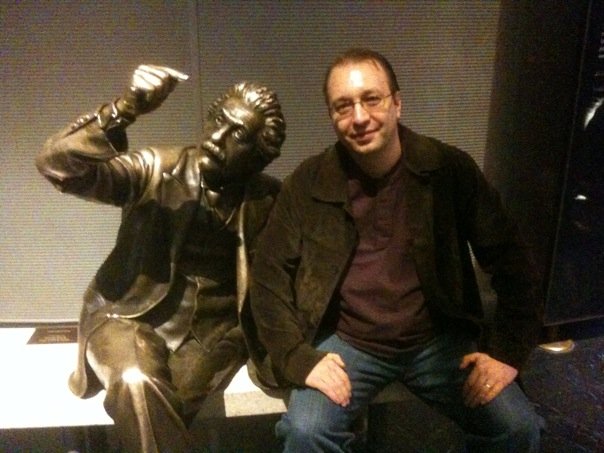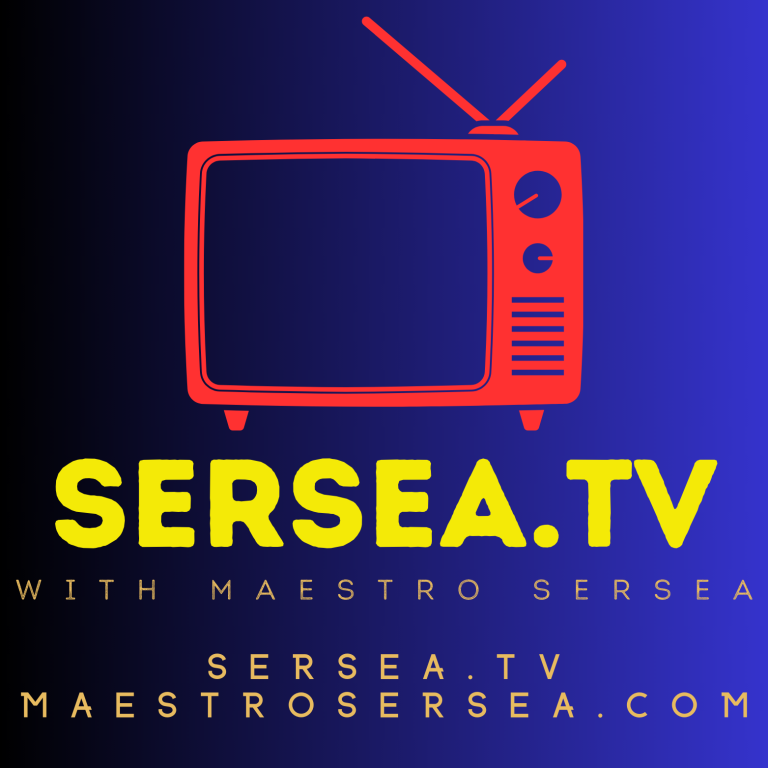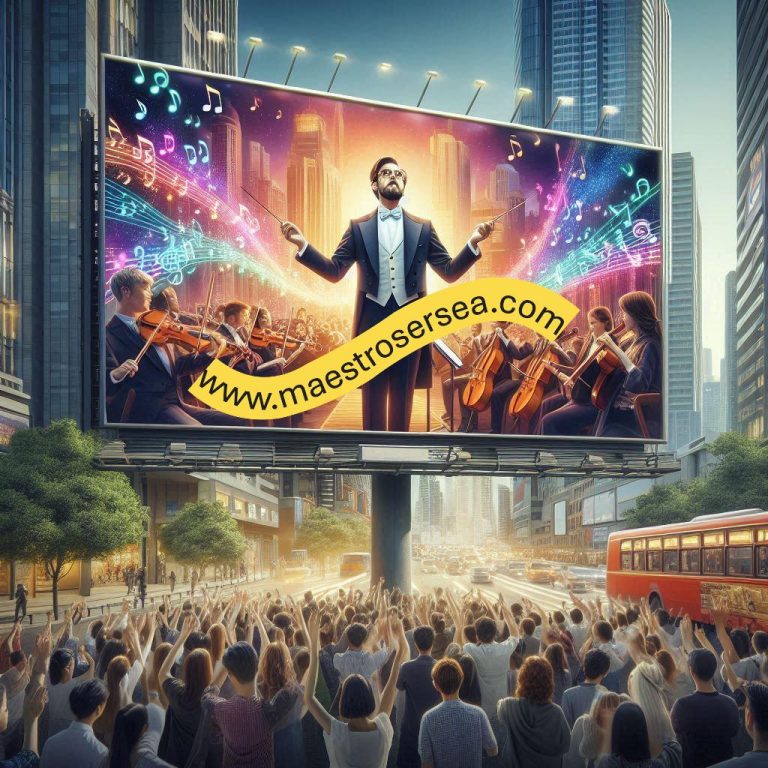Maestro Sersea has created numerous educational videos and playlists for English learners to build their American English skills. Imagine a YouTube page with video content solely dedicated to learning American English and improving knowledge about the United States of America that includes videos ranging from vocabulary, to reading, to webinars, to conversation skills, and much more.
Click here: You’re invited to visit the Maestro Sersea YouTube Video Channel.
Click here to access Maestro Sersea’s Liberty and Democracy YouTube Channel
Click here to access Maestro Sersea’s Immigrants in the United States YouTube Channel
What is YouTube?
— It is a video website that is owned by Google. It offers users the ability to upload, view and share videos with other users on the site. The company provides a wide range of content from amateur clips to professional quality audio and video with over 100 hours of video uploaded every minute in 2007.
YouTube is a video sharing website that was created in 2005 in order to give users the ability to upload, view and share videos on the site.
— YouTube is a video content hosting website. Users can upload, view, and share videos. It has a global reach and it allows anyone to upload videos onto their site. Videos on YouTube typically last from 3-5 minutes long, but there are some longer ones as well. They have a wide variety of categories for uploads including education, entertainment, and news.
— YouTube is a video hosting site that allows people to upload and share videos. YouTube was founded in 2005, and now has more than one billion unique users each month who spend an average of an hour a day on the site watching over 300 hours of video. They can watch videos with others in their community, such as with YouTube Communities. The YouTube Community section allows individuals to create content for their communities with the help of Google Hangouts and other resources.
— YouTube is a popular website that allows users to upload videos and share them with other people. It has become a popular social networking tool for people to communicate through videos, as well as a place where amateur video creators can share their work. YouTube was founded in the year 2005 by three former PayPal employees who believed that digital videos would go on to dominate the future of online media. In 2006, YouTube was bought by Google for $1.65 billion.
Harnessing the Power of YouTube for Educational Excellence
Introduction to YouTube in Education
In the digital age, educational resources have expanded far beyond traditional textbooks and classroom lectures. YouTube, the world’s largest video-sharing platform, has emerged as a powerful tool for learning and teaching. This chapter explores the numerous benefits that YouTube offers to students, educators, and the broader educational community.
YouTube, founded in 2005, has grown into a vast repository of knowledge, hosting millions of educational videos on virtually every subject imaginable. From mathematics and science to history and literature, the platform provides a wealth of content that can supplement and enhance traditional learning methods. As we delve into the benefits of YouTube for education, we’ll examine how this versatile platform is revolutionizing the way we acquire and share knowledge.
Accessibility and Diversity of Content
One of the primary advantages of YouTube in education is its unparalleled accessibility. Unlike traditional educational resources, which may be limited by physical availability or cost, YouTube offers free access to a vast array of educational content. This democratization of knowledge has several key benefits:
- 24/7 Availability: Students can access educational videos at any time, allowing for flexible learning schedules that accommodate individual needs and preferences.
- Global Reach: YouTube’s international platform means that learners can access educational content from around the world, exposing them to diverse perspectives and teaching styles.
- Multilingual Resources: Many educational channels offer content in multiple languages or with subtitles, making learning more inclusive for non-native speakers and those with hearing impairments.
- Diverse Learning Styles: The visual and auditory nature of video content caters to different learning styles, helping students who may struggle with traditional text-based learning.
Enhanced Learning Experience
YouTube’s format and features contribute to an enhanced learning experience in several ways:
- Visual Demonstrations: Complex concepts can be illustrated through animations, simulations, and real-world demonstrations, making abstract ideas more concrete and understandable.
- Pace Control: Students can pause, rewind, and re-watch videos as needed, allowing them to learn at their own pace and revisit challenging concepts.
- Engagement: Well-produced educational videos can be more engaging than traditional textbooks, potentially increasing student motivation and retention of information.
- Supplementary Learning: YouTube videos can complement classroom instruction, providing additional explanations, examples, and perspectives on course material.
Specialized Educational Channels
YouTube hosts numerous channels dedicated specifically to educational content. These channels, often created by educators, institutions, or subject matter experts, offer high-quality, curated content across various disciplines. Some notable examples include:
- Khan Academy: Offers comprehensive lessons in mathematics, science, economics, and more.
- Crash Course: Provides engaging, fast-paced overviews of subjects in the humanities and sciences.
- TED-Ed: Features animated educational videos on a wide range of topics, often incorporating storytelling techniques.
- Vsauce: Explores scientific concepts through thought-provoking questions and explanations.
These specialized channels not only provide valuable content but also serve as models for effective educational video production, inspiring educators to create their own content.
Fostering Active Learning and Critical Thinking
YouTube’s interactive features can promote active learning and critical thinking skills:
- Comments and Discussions: The comment section allows students to engage in discussions, ask questions, and share insights, fostering a collaborative learning environment.
- Content Creation: Students can create their own educational videos, encouraging deeper engagement with the material and developing valuable digital literacy skills.
- Fact-Checking and Source Evaluation: The abundance of information on YouTube provides opportunities for students to practice critical evaluation of sources and fact-checking skills.
- Interdisciplinary Connections: The diverse content on YouTube can help students make connections between different subjects and real-world applications.
Support for Educators
YouTube offers numerous benefits for educators as well:
- Lesson Planning Resources: Teachers can find inspiration and ready-made content to incorporate into their lessons.
- Professional Development: Educators can access tutorials, workshops, and lectures to enhance their teaching skills and subject knowledge.
- Flipped Classroom Model: YouTube facilitates the flipped classroom approach, where students watch instructional videos at home and use class time for discussions and hands-on activities.
- Global Collaboration: Educators can connect with colleagues worldwide, sharing ideas and best practices through video content.
Challenges and Considerations
While YouTube offers numerous benefits for education, it’s important to address potential challenges:
- Content Quality: Not all educational content on YouTube is of equal quality or accuracy. Users must develop skills to discern reliable sources.
- Distractions: The platform’s entertainment content can potentially distract students from educational goals.
- Internet Access: Reliance on YouTube requires reliable internet access, which may not be available to all students.
- Privacy and Safety: Educators and institutions must consider privacy settings and safe usage practices when incorporating YouTube into educational programs.
Conclusion
YouTube has become an invaluable resource in the educational landscape, offering a wealth of benefits for students and educators alike. Its accessibility, diverse content, and interactive features make it a powerful tool for enhancing learning experiences across disciplines and age groups. As educational technology continues to evolve, YouTube is likely to play an increasingly significant role in shaping the future of education.
By leveraging the platform’s strengths and addressing its challenges, educators and students can harness the full potential of YouTube as an educational resource. As we move forward, the integration of YouTube and similar platforms into formal and informal learning environments will continue to transform the way we acquire, share, and engage with knowledge in the digital age.


